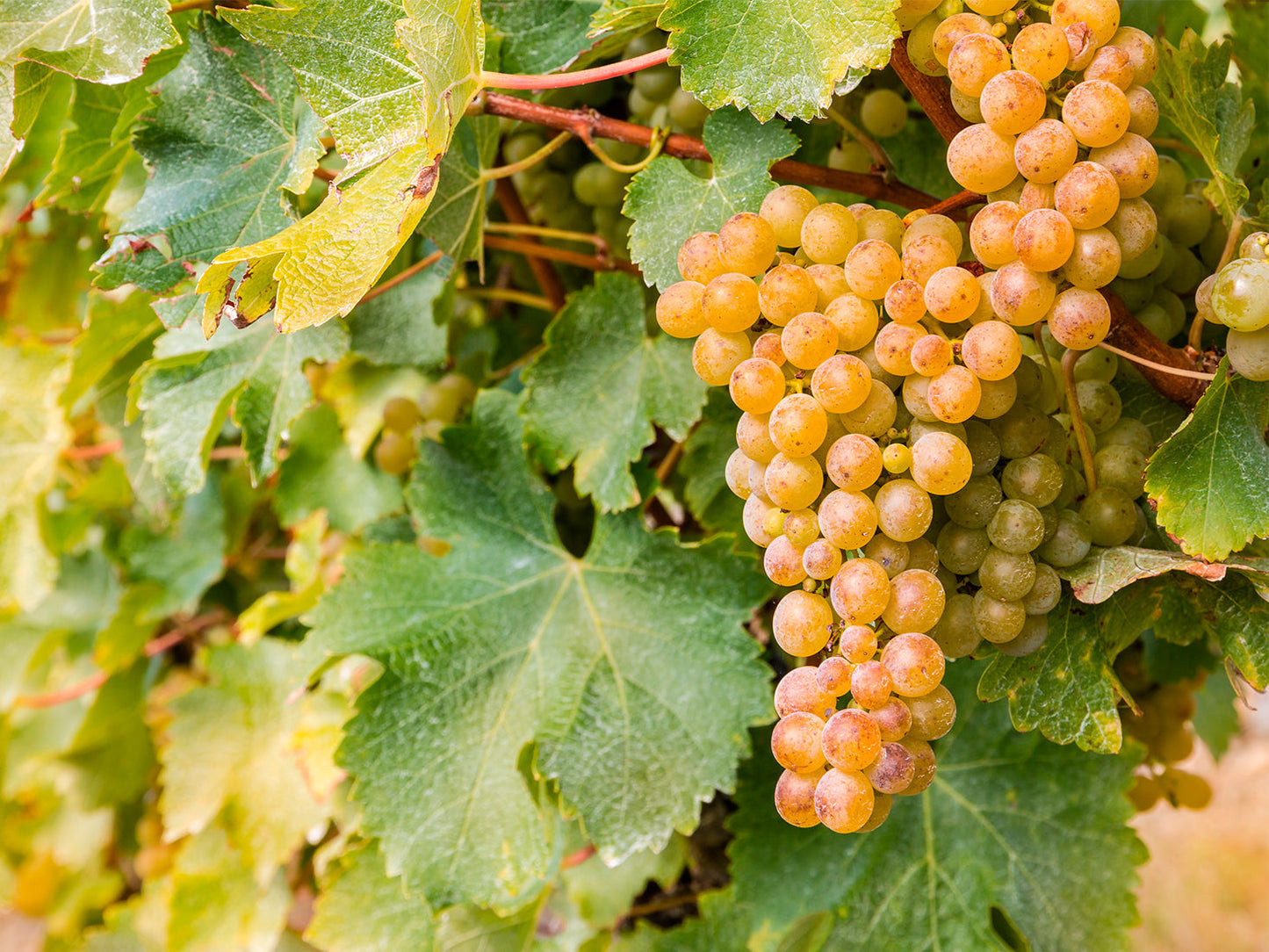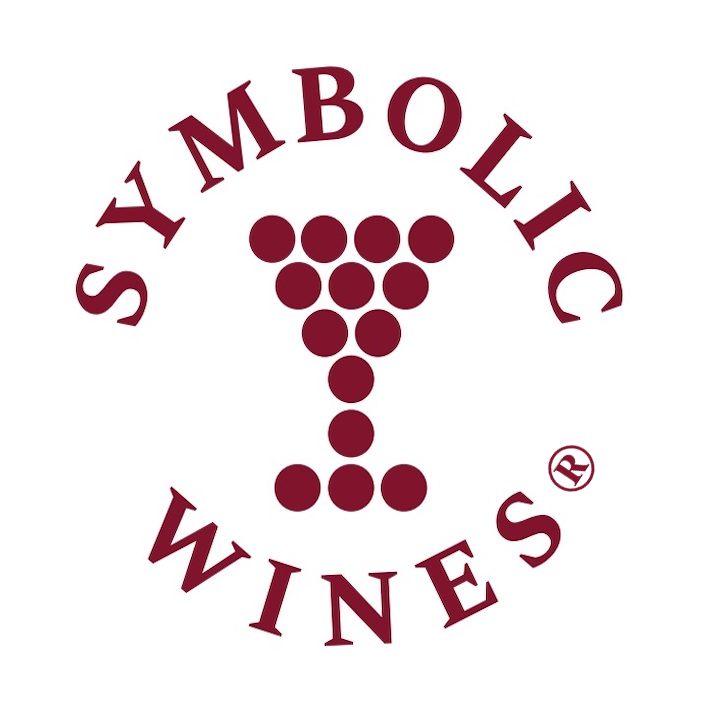
Photo: Shutterstock.com/patjo
Text by: Gleb King
Sauvignon Blanc is a star among white grape varieties. Mostly, we may divide all of them into aromatic (Riesling, Gewurztraminer…) and non-aromatic (Chardonnay, Pinot Blanc, Trebbiano…). Sauvignon Blanc is the most prominent and famous aromatic white variety. It’s origin is in Loire and Bordeaux but it found a new home all across the world, showing many kinds of aromatic profiles depending on the terroir and the winemaker’s techniques. The most famous sauvignon blancs are Loire’s Sancerres, New Zealand’s Marlborough, and of course, Bordeaux’s Sauternes (in pair with Semillon). Since it’s a relative of another Bordeaux’s star, Cabernet Sauvignon, its main aromatic profile is much alike: tomatoes on a vine, blackcurrant’s leaf.
The origin
Sauvignon Blanc is believed to have originated in the Loire Valley and Bordeaux regions of France. Its name is derived from the French words "sauvage" (wild) and "blanc" (white), reflecting its early growth patterns. The grape has been cultivated for centuries and played a significant role in the production of both dry and sweet wines in France. It was introduced to New Zealand in the late 20th century, where it quickly gained international acclaim.
Aromas and flavors

In addition to the already mentioned tomato vine and blackcurrants, there’s much more in Sauvignon. This variety is known for its diverse aromatic and flavor profile, which can vary from region to region dramatically. Common aromas include citrus fruits like lemon and lime, as well as green apple and gooseberry. Many wines exhibit herbal notes such as grass or green bell pepper. In certain climates, Sauvignon Blanc can express tropical fruit aromas, including passionfruit and melon. It all depends on how you treat it and how nature nurtures it.
Regions and Styles

France 🇫🇷
In the Loire Valley, regions like Sancerre and Pouilly-Fumé produce wines with crisp acidity and mineral characteristics. In Bordeaux, it's often blended with Sémillon, enhancing its body and complexity. Most famous examples here are Chateau Smith Haut Lafitte Blanc and other famous white versions from renowned châteaux like Chateau Palmer Blanc or Cheval Blanc La Petite Cheval Blanc. In Sauternes, Sauvignon Blanc is typically blended with Sémillon, and sometimes a small amount of Muscadelle, to create a complex, sweet dessert wine characterized by its balance of sweetness and acidity. The best example is, of course, Château d'Yquem.
New Zealand 🇳🇿
Particularly in the Marlborough region, Sauvignon Blanc is known for its bright, zesty profile with pronounced notes of passionfruit and gooseberry, setting a benchmark for this grape worldwide. Winemakers here carefully select yeast strains that are known to promote the development of the desired aromatic compounds in Sauvignon Blanc. Certain commercial yeast strains, such as those derived from the Saccharomyces cerevisiae species, can accentuate fruity and floral flavors, leading to the signature bright and vibrant character of New Zealand Sauvignon Blanc.
United States 🇺🇸
California, especially Napa Valley and Sonoma County, features a range of styles from unoaked to the more complex "Fumé Blanc," named by Robert Mondavi to denote oak-aged versions. California Sauvignon Blanc is known for its diverse range of flavors and styles, influenced by the state's varied climate, terroir, and winemaking techniques. The most popular regions are Napa Valley, Sonoma County, Central Coast, Lake County and Mendocino.
Chile and South Africa 🇨🇱 🇿🇦
These countries have gained attention for producing high-quality Sauvignon Blanc with cool climate expressions that often emphasize citrus and mineral notes. Chilean Sauvignon Blanc is known for its fresh and zesty flavors. Common tasting notes include citrus fruits like lime and lemon, green apple, and tropical fruits such as passionfruit and pineapple. Many wines also feature herbaceous and grassy aromas, alongside hints of minerality. Casablanca Valley is known as the home of Sauvignon Blanc in Chile. In South Africa it primarily can be found in Stellenbosch region.
Australia 🇦🇺
Notably in regions like Adelaide Hills, it produces vibrant wines with a wide spectrum of flavors from sharp citrus to ripe tropical fruits. Other prominent regions here are Hunter Valley and Margaret Hills.

Château Haut-Brion Blanc, probably, the reigning king of all the white dry Sauvignon Blanc-based wines.
Food pairings
Sauvignon Blanc is an excellent match for various foods. It pairs exceptionally well with seafood such as oysters, shrimp, grilled fish, and other shellfish, as the wine's crisp acidity cuts through the richness of the seafood and enhances its natural flavors, while the bright citrus notes echo the freshness of the dish. When combined with salads, particularly mixed greens with citrus vinaigrettes or goat cheese, the acidity in Sauvignon Blanc complements the vibrant flavors of fresh vegetables and dressings, with herbal notes highlighting the greens. It also works beautifully with poultry, including grilled chicken and turkey salads, as the wine's freshness and acidity enhance the flavors of lightly seasoned dishes, especially those featuring citrus or herbs.
